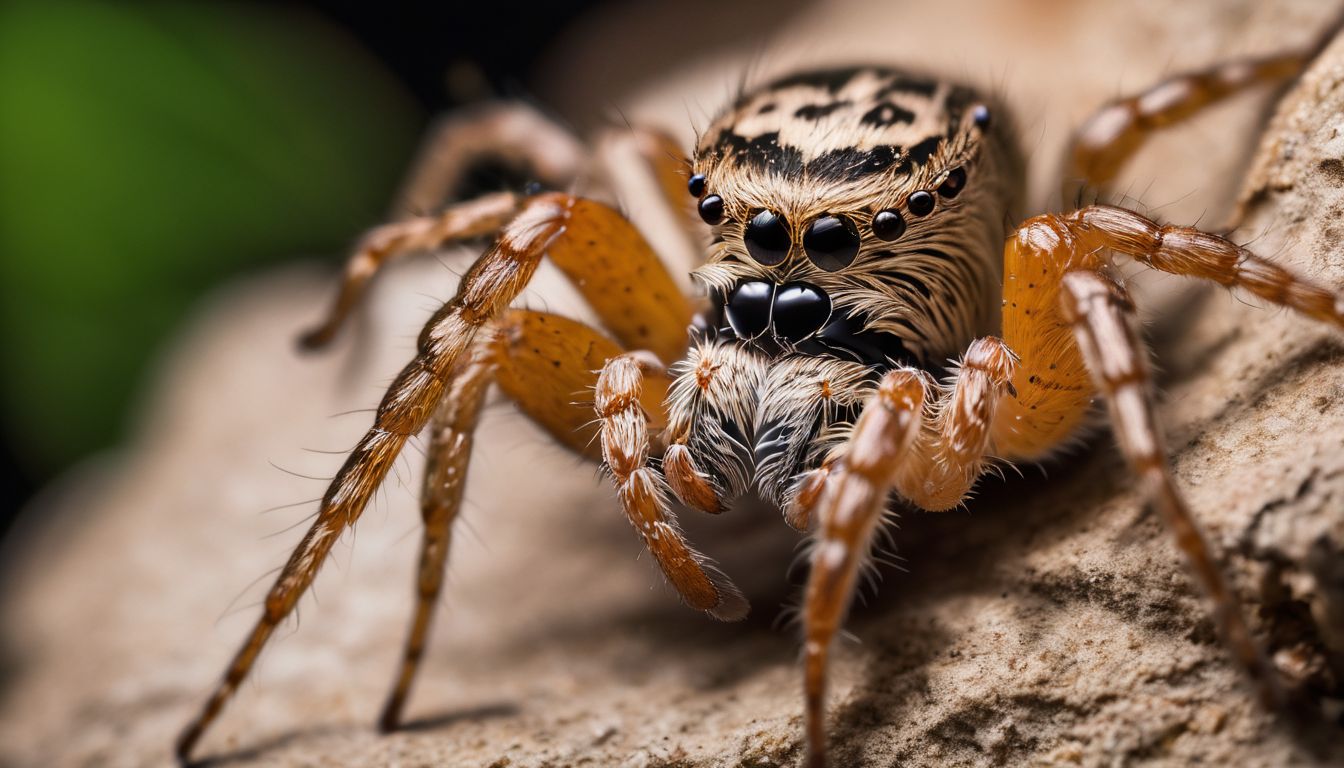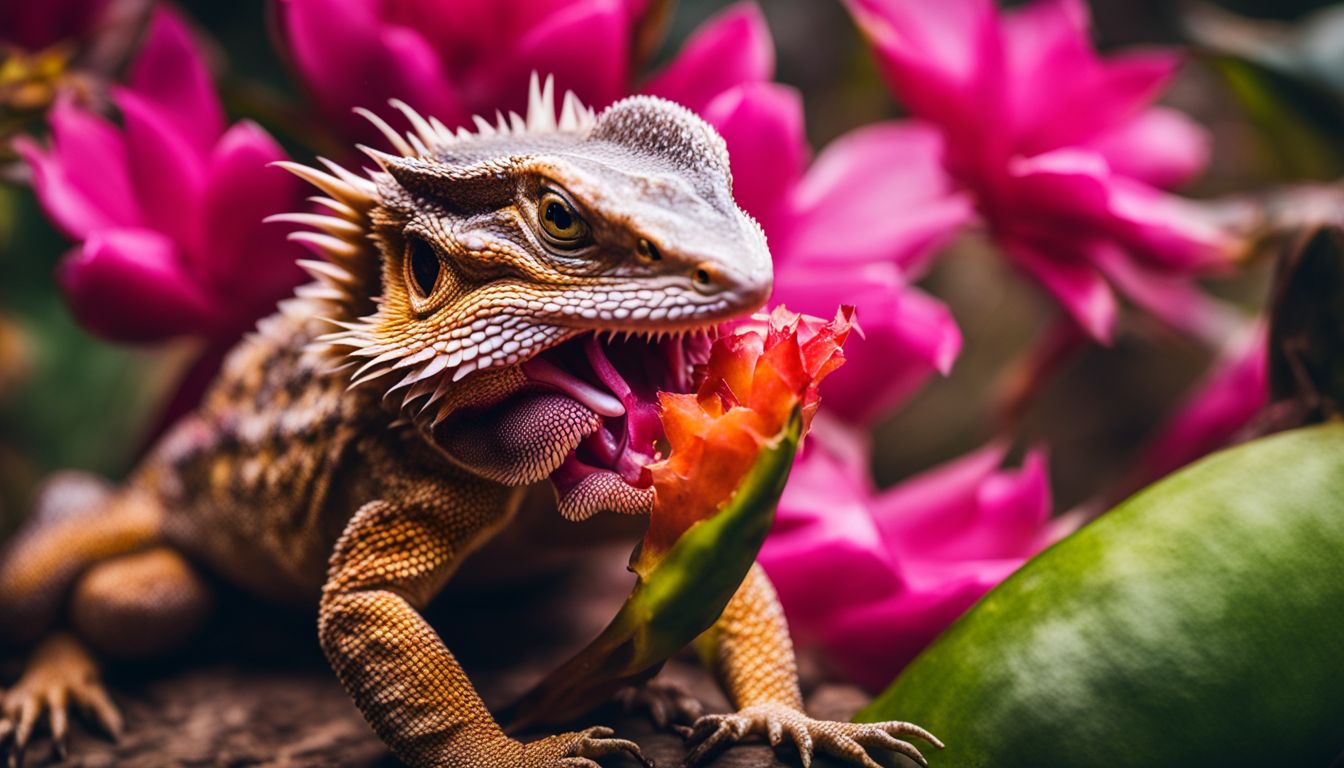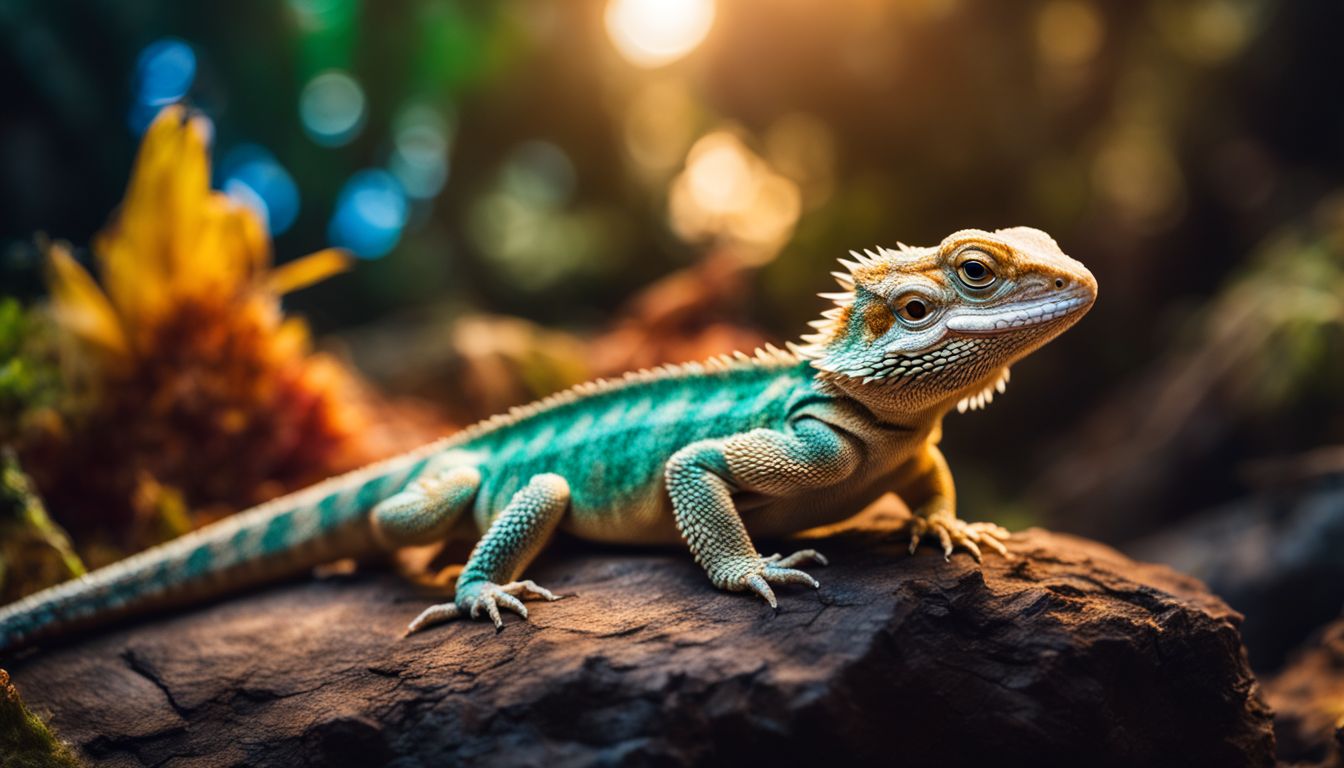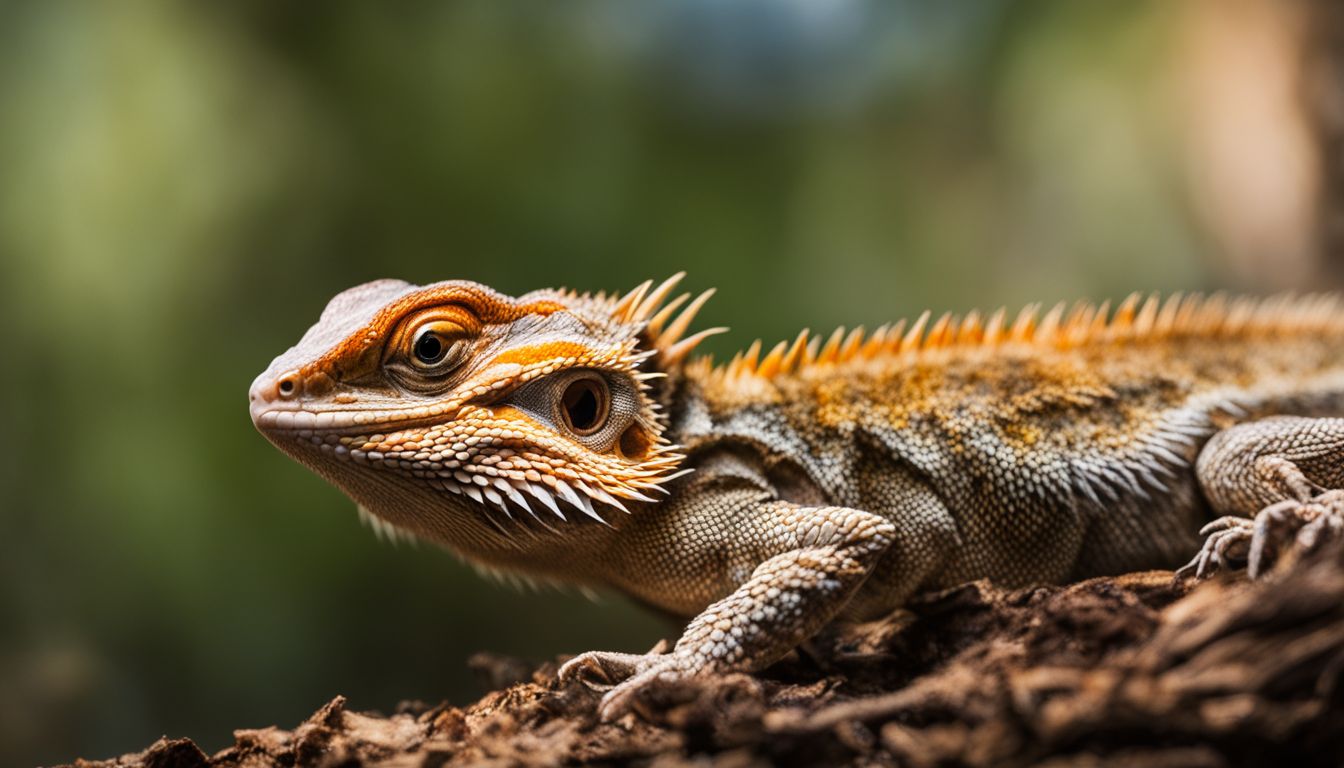Have you ever wondered what happens to spiders after they lay their eggs? It’s a common belief that these eight-legged creatures meet their end soon after giving birth. In this post, we’ll unravel the truth behind spider reproduction and explore how different species defy the odds of survival post-birth.
Get ready for some surprising spider facts!
Key Takeaways
- Not all spiders die after giving birth. Most spider species continue to live, either protecting their offspring or producing more babies in the future.
- Female spiders lay eggs and encase them in protective silk egg sacs, varying in the lifespan post-birth based on the species.
- Some spider species demonstrate exceptional maternal care, providing protection and even food for their offspring, while others leave their spiderlings to fend for themselves from the moment they hatch.
- Certain mother spiders sacrifice themselves to provide for their young posthumously by regurgitating nutrients or creating secure environments before dying.
The Misconception About Spiders Dying After Birth

Understanding spider reproduction reveals that not all mother spiders meet their end after laying eggs. Many people think that these creatures always die shortly after giving birth, but this is not true.
In fact, only a few spider species have females that pass away after creating an egg sac.
For most spiders, life goes on even after they lay eggs. The mom often stays alive to protect her young or to keep making more babies in the future. This shows how diverse and complex spider life cycles can be, with each one having its own special way of doing things.
Spider Lifecycles and Reproduction
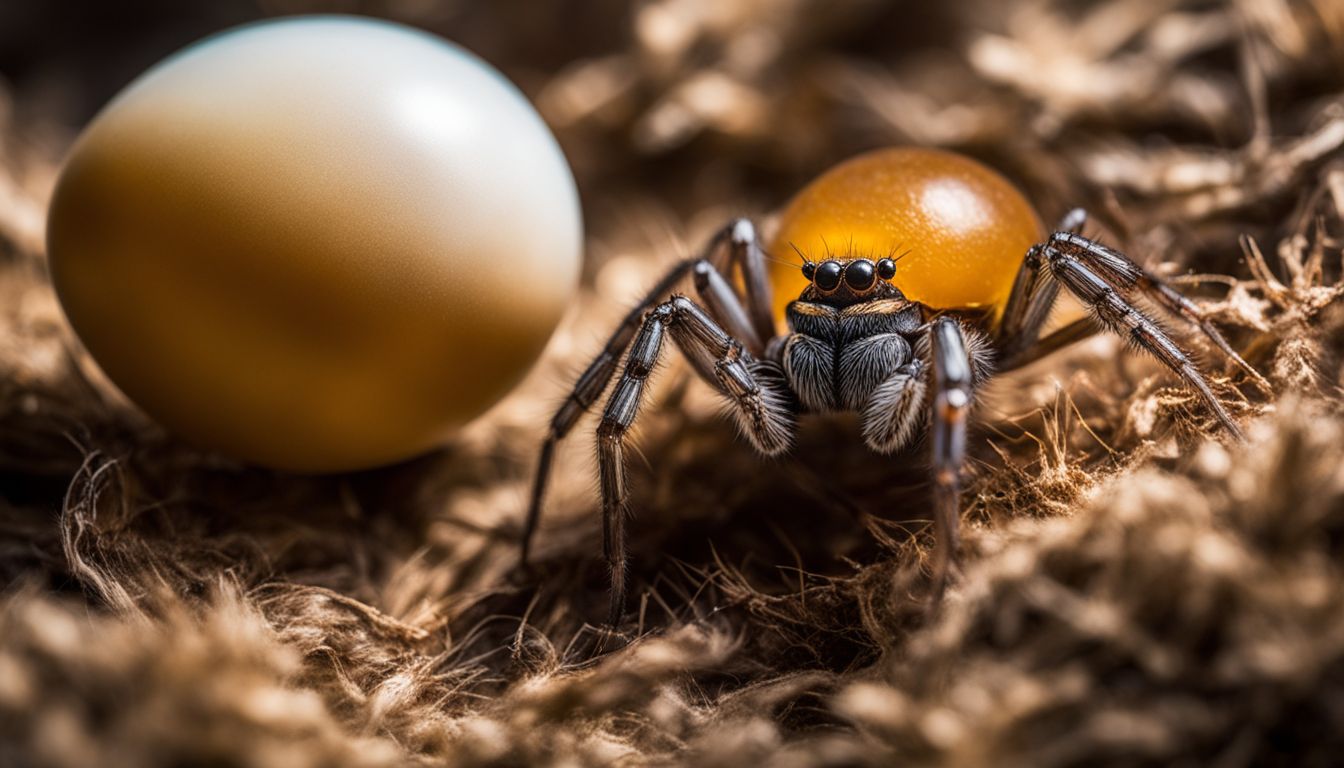
Spiders reproduce sexually, with mating rituals that vary between species. After mating, female spiders lay their eggs and encase them in protective silk egg sacs. The eggs will then go through an incubation period before hatching into spiderlings.
Mating Rituals
Male tarantulas have a unique way of making babies. They spin a small web then drop their sperm onto it. After doing this, they use their fangs to put the sperm into special spots on the female’s body where eggs are stored.
This is how they mate and start the process of having baby spiders.
Courtship rituals can be quite something! Males need to be careful not to get eaten by females who might mistake them for food. To avoid becoming dinner, male spiders perform dances or show off their bodies to prove that they are mates, not meals.
These displays help ensure that their genes carry on by attracting females without getting hurt in the process.
Egg-Laying and Egg Sacs
After spiders mate, the female gets ready to lay her eggs. She produces a safe place for her future babies – this is the egg sac.
- The mother spider uses her spinnerets to create a silk egg sac. This sac acts like a strong cozy bed for her eggs.
- She carefully selects a spot to place her egg sac. It must be safe from predators that might eat the eggs.
- Female spiders put their fertilized eggs into these sacs. The eggs are sticky and stay together in one spot.
- Garden spiders often die after laying their eggs in the sac. This means they do not live to see their babies hatch.
- Black widow spiders can make several egg sacs in their lifetime. But many of their little spiderlings won’t survive cold weather.
- Building an egg sac takes skill. The mother spider spins silk from materials inside her body to make it tough and durable.
- Once the egg sac is half – made, she starts laying her glutinous eggs inside. They come out in one long stream and stick together in the silk home she made.
- After all her eggs are safely inside, she finishes making the egg sac. Now, it will protect the eggs until they are ready to hatch into tiny spiders.
Survival of the Mother Spider Post-Birth
Some spider species have a longer lifespan after giving birth, providing care and protection to their offspring. However, there are also species that do not survive the birthing process due to maternal sacrifice or postpartum demise.
Species with Maternal Longevity
Female wolf spiders of the species Hogna lenta are known to live for a year or more after giving birth, providing maternal care for their young spiderlings. The Stegodyphus lineatus spider species also exemplifies maternal longevity, with the mother spiders living for several months post-birth, overseeing the protection and feeding of their offspring. In addition, Latrodectus hasselti, commonly known as the redback spider, demonstrates remarkable maternal commitment by surviving for a period of time after producing egg sacs to provide care and protection to the hatched spiderlings.
Species with Postpartum Demise
Some female spiders die after giving birth when their offspring feed on them. The species Stegodyphus lineatus is an example where the mother spider is killed by her young after birth.
- Female redback spiders provide care for their young for some time before dying. They can produce multiple egg sacs and offer protection to their spiderlings.
- The species Anelosimus eximius shows a communal social structure with cooperative spiders sharing parental duties. Some females sacrifice themselves to feed their young, ensuring the survival of the colony.
- In contrast, the fishing spider Dolomedes triton dies shortly after laying eggs and building a nursery web, leaving the spiderlings to fend for themselves from the very beginning.
Parental Care in Spider Species
Some spider species are known for their protective maternal behavior, while others have independent spiderlings that fend for themselves. Understanding the different approaches to parental care in spiders adds an interesting layer to their reproductive cycle.
Protective Mothers
Some mother spiders are incredibly protective of their offspring. They guard their egg sacs from predators and even provide piggy-back rides to their spiderlings when they hatch, ensuring their safety.
This maternal care plays a crucial role in the survival and fitness of the spiderlings, showcasing the dedication that some spider mothers have for their young.
Species like lagonomegopid spiders also exhibit remarkable maternal care that benefits the survival of their offspring. Even though most spiders do not provide extended parental care after their spiderlings emerge from the egg sac, these examples show how some species go above and beyond to ensure the well-being of their young.
Independent Spiderlings
After hatching, some spiderlings are left to fend for themselves, without any care from their mothers. These independent spiderlings have to rely on their instincts to find food and shelter.
Unlike species with maternal care, where the mother provides protection and sometimes even food for her offspring, these spiderlings are essentially on their own from the moment they hatch.
In many cases, the survival of these independent spiderlings depends heavily on their ability to disperse quickly in search of suitable habitats and resources. This high level of independence right from birth is a fascinating aspect of certain spider species’ lifecycles.
Fascinating Cases of Maternal Sacrifice
Some spider species provide for their young posthumously, ensuring their offspring’s survival even after they have passed away. This sacrificial behavior is a fascinating aspect of spider biology and parenting that showcases the incredible lengths mothers will go to ensure the survival of their babies.
Spiders That Provide for Their Young Posthumously
Some spider mothers provide for their young even after they have died. This posthumous care includes:
- Regurgitating a liquid substance that contains nutrients, which the spiderlings feed on after the mother’s death. This ensures that the offspring have a food source to survive.
- Creating a secure environment for the eggs or spiderlings before dying, such as constructing protective egg sacs or webs to shield them from predators and harsh environmental conditions.
- In some cases, remaining near the offspring until they are old enough to fend for themselves, despite knowing they will not survive.
Do Spiders Have Bones? Understanding Spider Anatomy Related to Reproduction
Spiders don’t have bones. They have an exoskeleton made of chitin. This acts as their external skeleton, providing structure and protection for the spider’s body. Inside, spiders have muscles, a breathing system, digestive tract, and reproductive organs.
Some female spiders die after producing the last egg sac while others provide care for their young for a period of time.
The external anatomy includes the skin and internal structures such as cephalothorax (head and thorax), abdomen, mouth, eyes, fangs, eight legs, and two pedipalps which are involved in reproduction activities.
All these parts work together to help spiders survive and reproduce effectively.
Now let’s delve into how spiders mate to continue their lifecycle.
Conclusion
In conclusion, as we delve into the fascinating world of spider reproduction, it becomes clear that the fate of spiders after giving birth is not uniform across all species. While some may indeed perish after nurturing their young, many others carry on with their lives.
The variety in spider lifecycles offers much to learn and appreciate about these remarkable creatures. Understanding how different spiders navigate the responsibilities of parenthood sheds light on the complexities and wonders of nature’s design for survival and continuation.
If you’re intrigued by the bodily functions of these creatures, learn more about whether spiders have bones and how that’s related to their reproduction.
FAQs
1. Do all spiders die after they give birth?
No, not all spiders die after giving birth. Only some types like the semelparous species lay eggs once and then die.
2. What is special about Stegodyphus dumicola when it comes to giving birth?
Stegodyphus dumicola is a type of social spider that practices matriphagy, where after the babies hatch, they eat their mom.
3. Why do some spiders let their babies eat them?
Some spiders let their young eat them as a way of giving them food so they have a better chance to grow up strong.
4. Can you tell me about other creatures besides spiders that get eaten after having babies?
Yes, creatures like the praying mantis and some amphibians also get preyed on or die after spawning or laying eggs.
5. When learning about spiders in school, what are good ways to teach kids more about them?
Using multimedia tools in teaching methods sparks curiosity and helps kids learn better about things like how some spiders molt (shed their exoskeleton) during different life stages including incubation periods.

